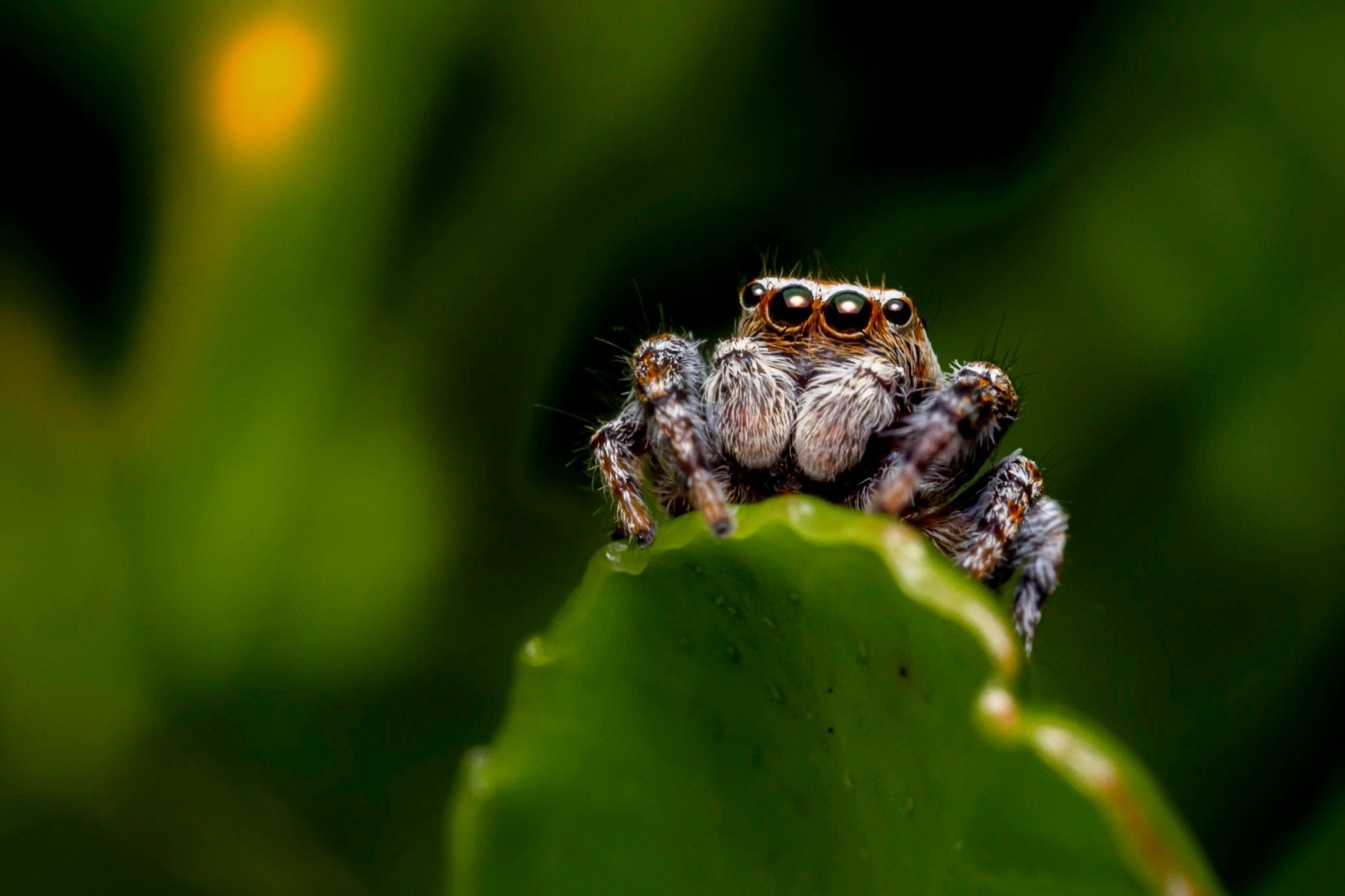Photographing creepy crawlies or even majestic butterflies can be a fun adventure. Now is the time to take advantage of insect photography! In the summer months, insects are out and about more than usual (especially if you live in the midwest). However, to get the best photograph of bugs, you need to know a few tips and have the right gear.
The Best Camera Settings for Insect Photography:
- Stick with a shallow depth of field - start at f/2.8
- Use a fast shutter speed, start with1/250 seconds
- Set your camera to burst mode
- Use ISO 100
- Set your white balance to Auto, if you shoot RAW you can always change this in post production
The Gear You Need
There are a few things that are necessary when capturing insects. Ensure you have a good camera, reliable macro lens, a durable tripod, and a reflector. A macro lens is dedicated to getting clear images of something tiny or a closeup. A tripod guarantees zero camera shake, and a reflector will help you reflect light when you need it!
Although a dedicated macro lens is your best bet, you might not have the funds to purchase a new lens. Don't worry - you have other options! Purchase extension tube attachments that will get you closer to your subject. These tubes go onto your lens and act as a macro lens would. These tubes are best used with a 50mm lens. Your last option would be to buy a magnifying filter. However, the image quality won't be as good as a macro lens or extension tube.
Don't Get Bugged Out - Ya Gotta Get Close
I'm assuming if you're interested in taking insect photographs, you don't get creeped out easily. Because you will be getting up close and personal to our little buggy friends. Typically insects don't creep me out unless it's a centipede. That's a whole lotta, nope from me. However, some insects look fabulous, like ladybugs, butterflies, and spiders. Especially when using a macro lens to see detail that the naked eye doesn't necessarily see. This lens should have a focal length of 50mm-200mm to get as close as possible. Just be careful when getting close that you are also being quiet. Although they are small, some insects can be incredibly fast. Once you are up close and personal, focus on the bug. A shallow depth of field will create a gorgeous bokeh effect and blur out the background to help bring focus to your creepy crawly friend.
Think Outside the Box
Try to get creative and use unique perspectives. Different perspectives can help bring the drama and create more eye-catching photographs. Try taking at every angle to have a variety of options. A neat concept I've seen is a bumblebee diving into a flower and getting pollen - bonus points if you can focus on the cute bubbly butt!
Get creative with your background too. Try to get the insect on something that will stand out instead of camouflage it and make it blend with its background. A bright flower, the contrast from a patio, or even a monarch butterfly on grass.
Related article: Photography Composition Techniques
Stay Focused
Most bugs move quickly with all of their legs or wings. This can be difficult when trying to stay focused on your subject. Especially when using a macro lens. This is why using a tripod is extremely important! You want to minimize that motion blur as much as possible with a small aperture. Try a shutter release cable to eliminate the slight movement from clicking the shutter.
Something else to think about is whether to use manual or autofocus. Autofocus is excellent to help you focus quickly without fiddling, and the downside is that it still does take some time to "find" the insect. Manual focus is great because it will let you have control over the clarity.
How to Photograph Movement
If you photograph flying insects, that is just throwing in another element for you to consider. To get the flying creature, use a fast shutter speed! Start off with a shutter speed of 1/250 seconds or higher. Try to catch them in action to help add interest to your photograph.
Lighting
A ring flash is an awesome flash that can attach to your lens. This light helps create even lighting without any shadows, and these work great for small subjects to draw out their details without the unappealing look of shadows.
Insects, although sometimes creepy, can be fascinating subjects to photograph. They come in so many colors and sizes that you'll find something unique that offers a great perspective into an insect's life.
Just remember, be patient and practice. Tiny subjects can sometimes be the trickiest to capture! Get outside and find thousands of little subjects waiting to be your next model!
Related article: Macro Eye Photography
Related article: Landscape Photography Settings
Related article: Promaster Tripods Review
Related article: How to Photograph Fireflies












